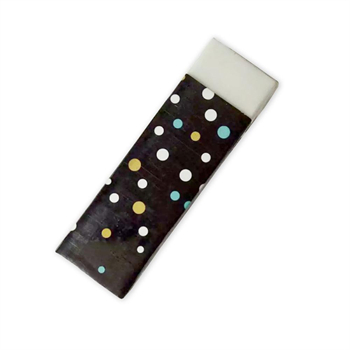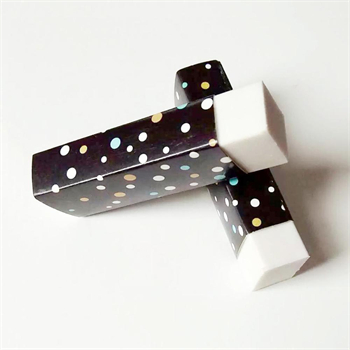The origin of the eraser
In 1770, British scientist Joseph Priestley said: “I saw a substance that is very suitable for erasing pencil writing.” At that time, rubber pellets cut into small cubes were used to erase handwriting throughout Europe. This substance is called an eraser.
Another British engineer, Edward Naime, is believed to have invented the eraser in 1770. Before that, people used breadcrumbs to erase handwriting. Naime claimed that he accidentally picked up a piece of rubber as crumbs, but found that it worked very well, so he began to produce and sell erasers.
The initial eraser is not convenient, because the unprocessed rubber is easy to decay. It was not until 1839 that the inventor Charles Goodyear discovered that vulcanization could improve the quality of rubber, and the eraser became reliable.
In 1858, a Lippmann from Philadelphia, USA obtained a patent for inserting an eraser on the end of the pencil, but later this pencil with an eraser was judged to be “just inserting two existing things.” Together instead of a new product,” the patent was cancelled.








